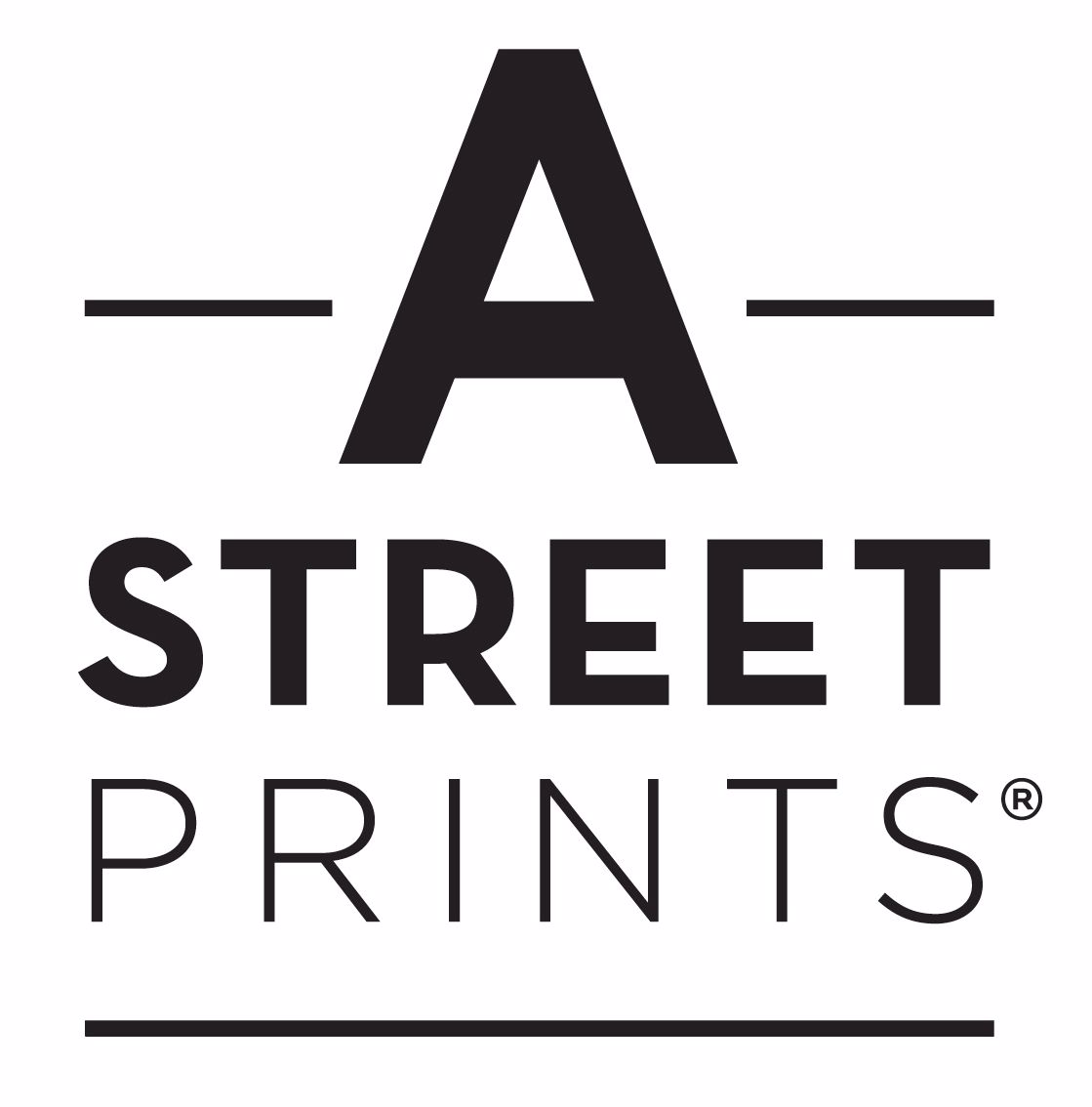How to Hang Wallpaper
Step 1 - Tools Needed to Hang Wallpaper
Unpasted Tools
- Paste
- Paste Brush or roller
- Knife or snap off blade
- Level
- Sponge & bucket of clean water
- Smoothing brush or plastic smoother
- Tape Measure
- 6-in inch Putty knife or straight edge
- A pencil
- Step stool
- Drop Cloth
You can also purchase our complete taskmaster wallpaper hanging kit!
Step 2 - Prepare Walls
Turn off power and remove all faceplates and socket covers. We recommend only installing wallpaper over a clean, flat surface. If necessary, patch and sand any holes or imperfections in your walls. Once patched, prime the walls, waiting at least 30 days before hanging the wallpaper. For heavily textured or damaged walls, install a heavy duty wallpaper liner.
Step 3 - Create a Plumb Line
If hanging on all 4 walls, start in the most inconspicuous corner (back corner, behind a door, or behind a large piece of furniture). Measure from the corner of the wall the width of the paper minus 1/2 inch and mark with a pencil. Place a level at the mark and draw a straight, vertical line. In step 6, you will hang your first strip along this vertical line.
Step 4 - Measure & Cut Wallpaper
Measure the height of your wall and add 4 inches for overhang. You need an extra 2 inches at the top and bottom for trimming. Use a sharp knife or blade to cut your wallpaper, running the blade along a hard edge as a guide. Before cutting additional strips, ensure that you account for your wallpaper’s design "match".
Step 5 - Apply Paste
Check the instructions that came with your wallpaper. Unless otherwise noted, we recommend hanging unpasted wallpaper by the "paste-the-wall" method.
UNPASTED - Paste The Wall Method
Apply thoroughly mixed paste directly to wall with brush or roller. Evenly distribute across area slightly larger than 1 strip at a time.
UNPASTED - Paste The Backing Method
Lay the strip of wallpaper or mural face down on a clean work surface. Brush thoroughly mixed paste on to the top half of the strip. Gently fold that section back to meet the middle. Brush paste on the remaining half of the strip. Fold the bottom end in to meet the middle. Allow the paper to rest in this "booked" position for 10 minutes.
Step 6 - Hang First Strip
Start at your plumb line and ensure the pattern is right side up. Apply the top half of the strip to the wall, slightly overlapping the ceiling and adjoining wall. Gently press the strip to the wall with a smoothing brush. Smooth the bottom half into place. Wash off excess paste with a damp sponge and clean water. Trim excess paper along ceiling and baseboard with a sharp razor knife and 6-in putty knife as a guide.Wash any excess paste from ceiling and basbaords.
Step 7 - Hang Additional Strips
Repeat the steps to apply additional strips, matching the pattern of the previous strip. Touch the edges tightly together, but don’t overlap the strips. Make a new plumb line on each new wall.






